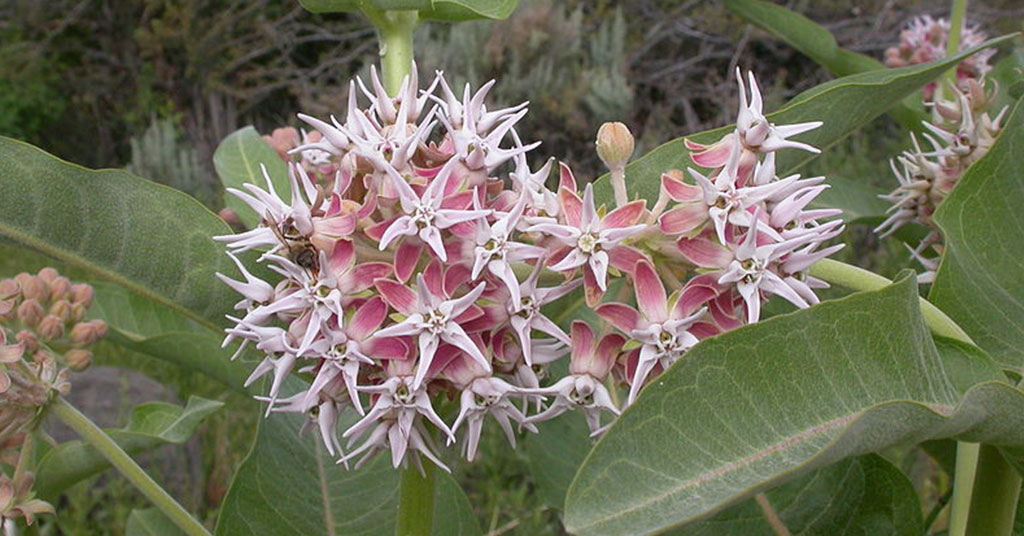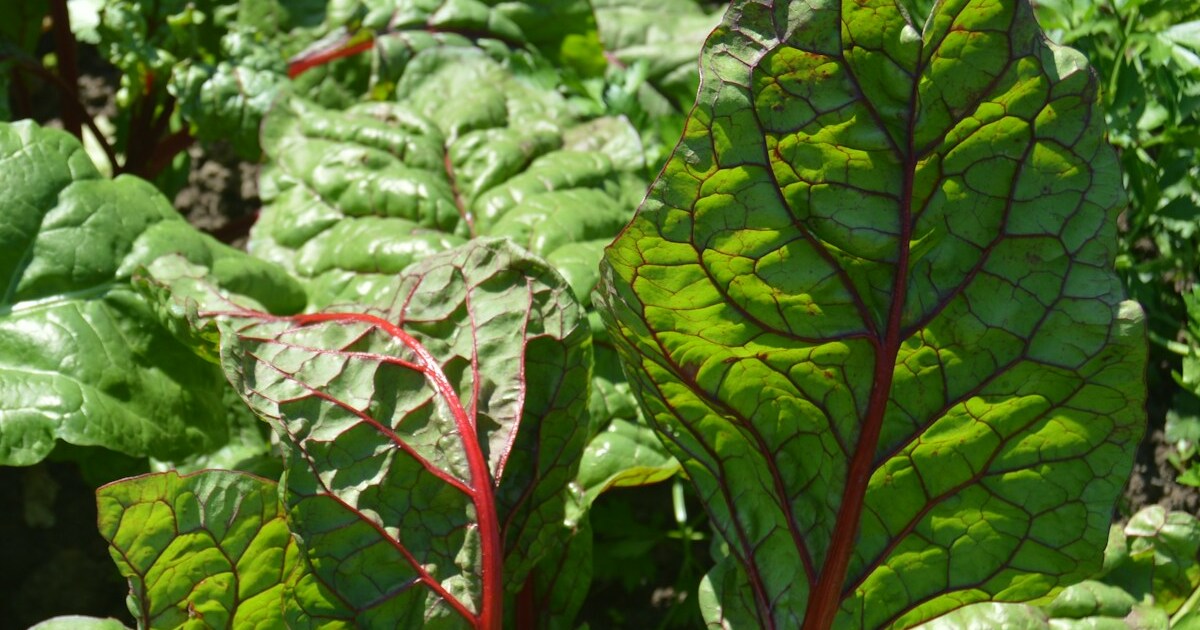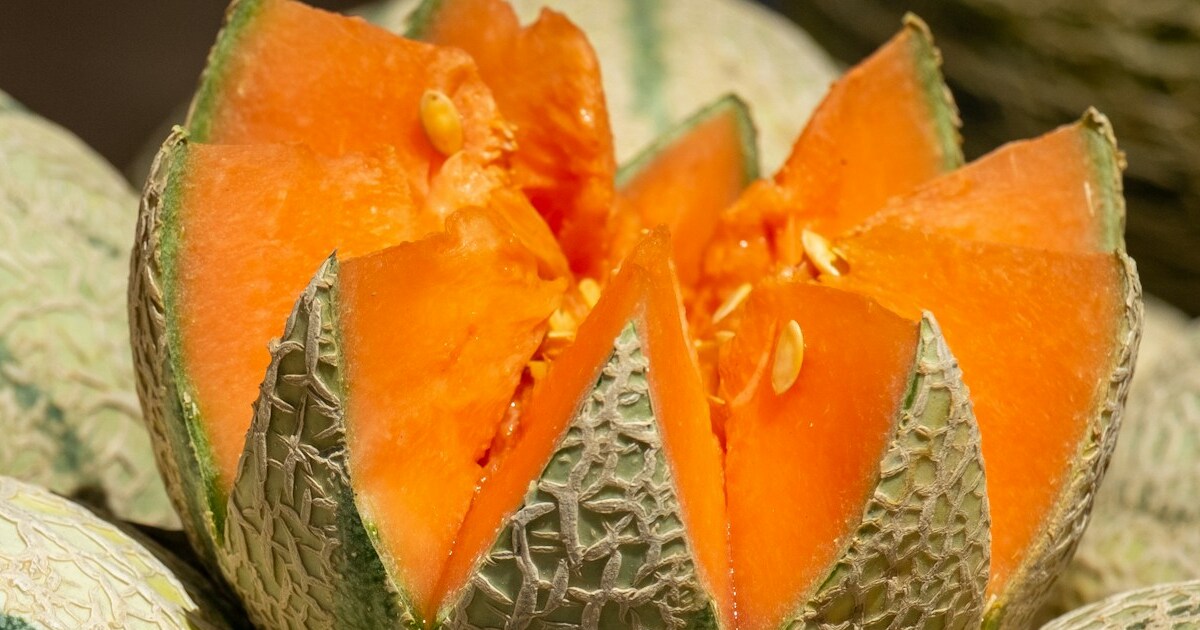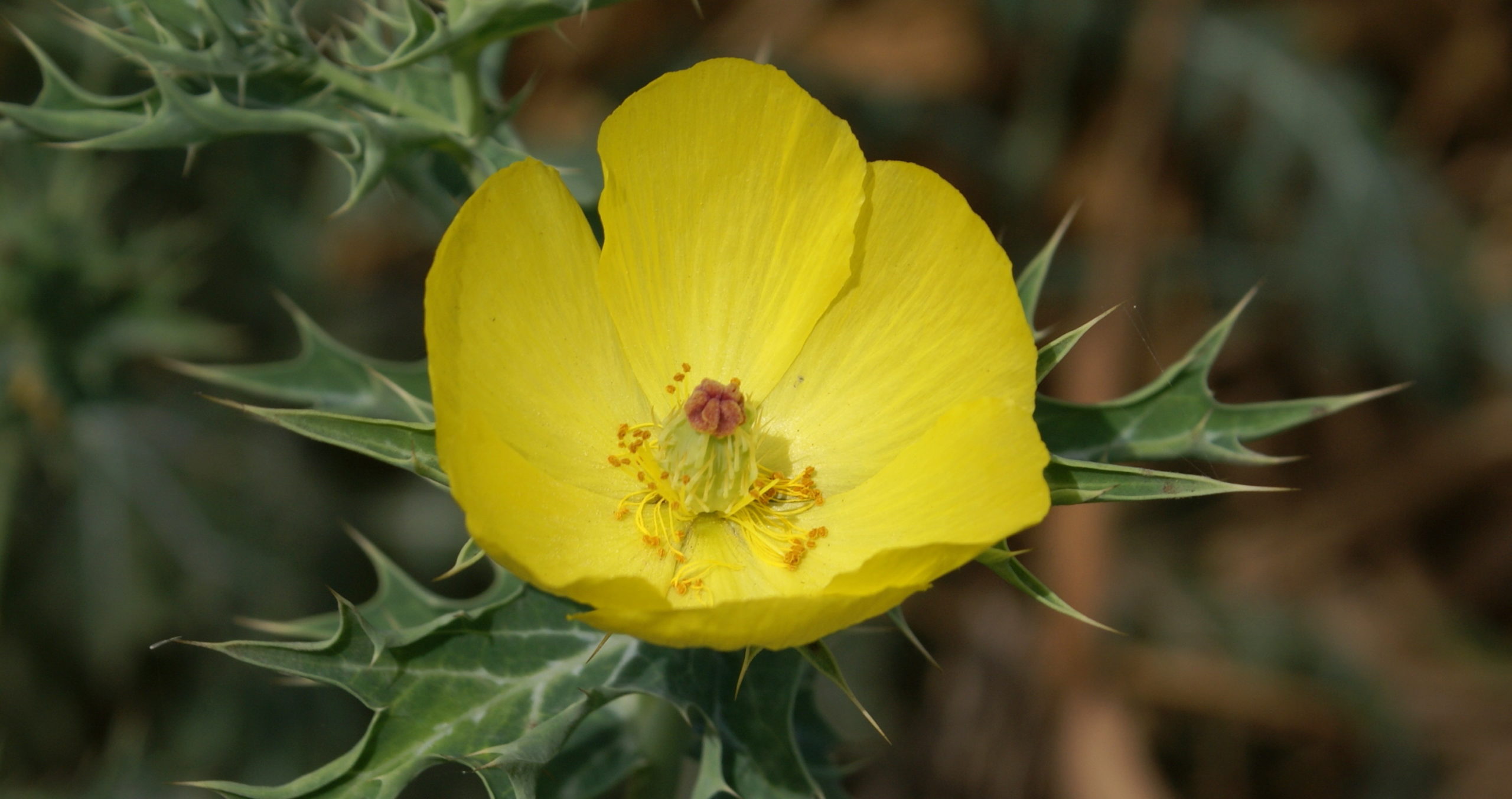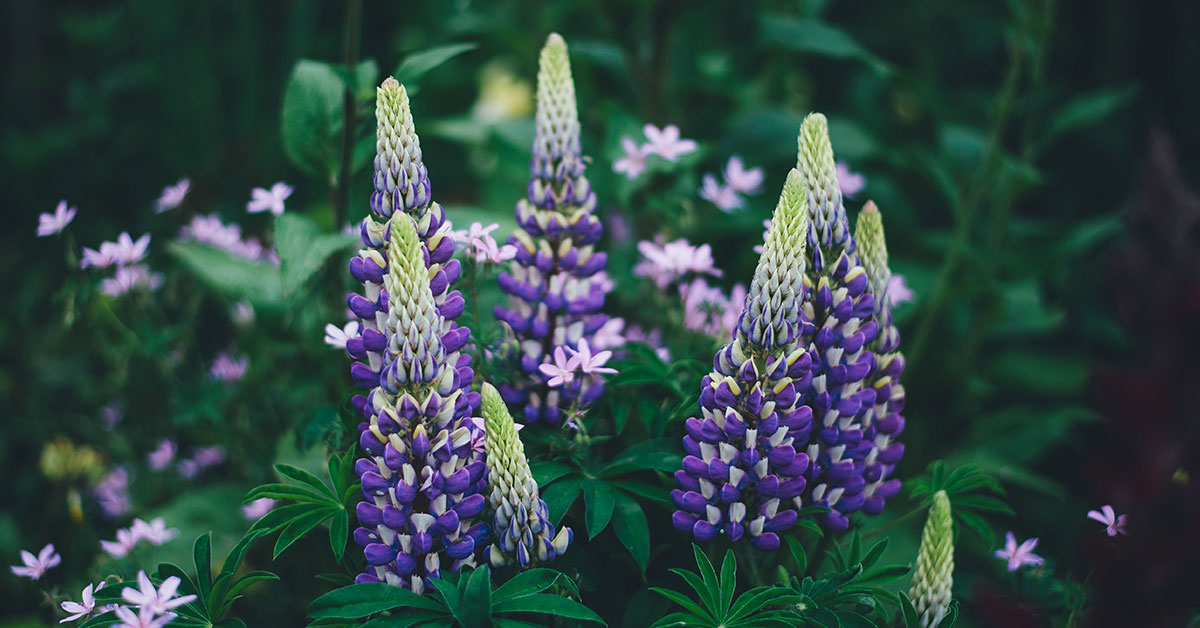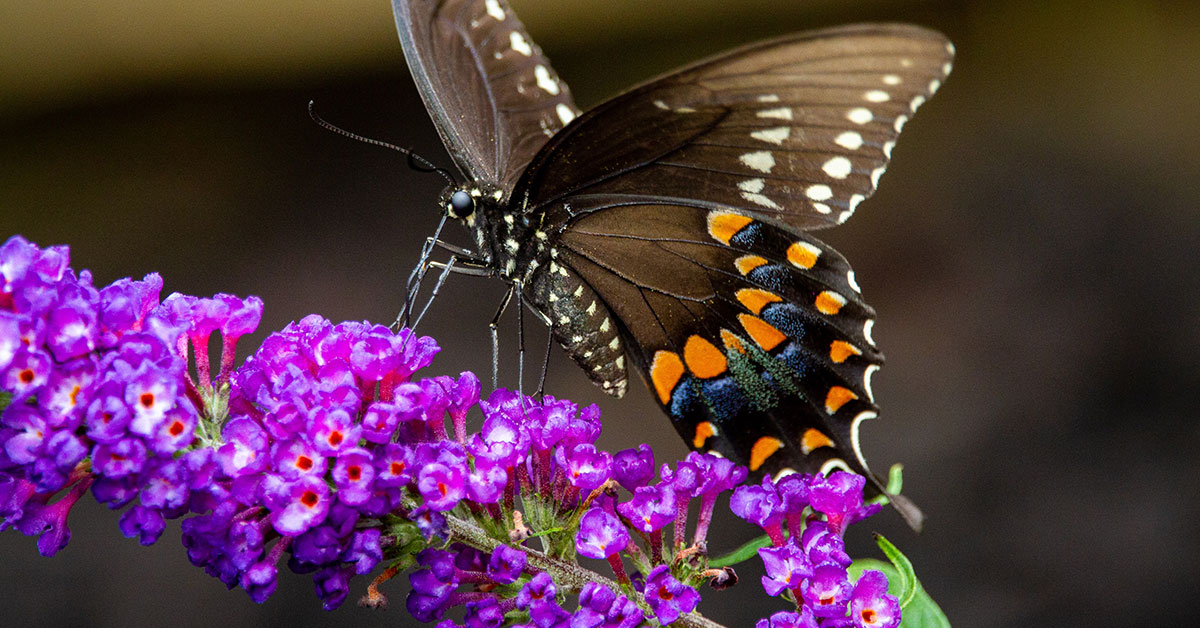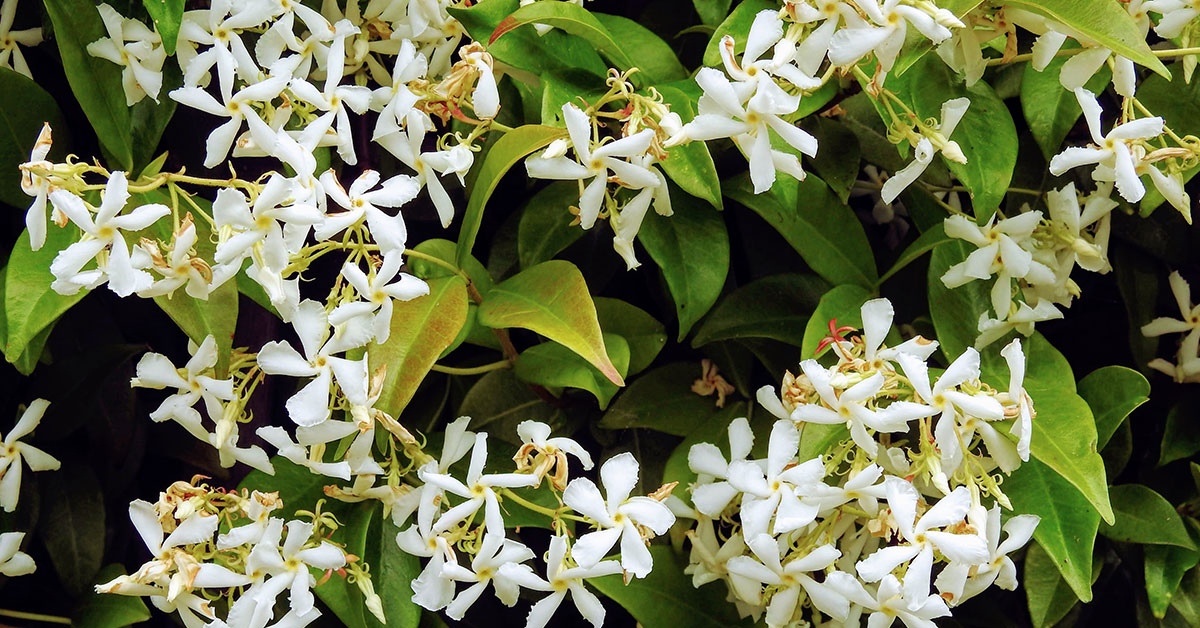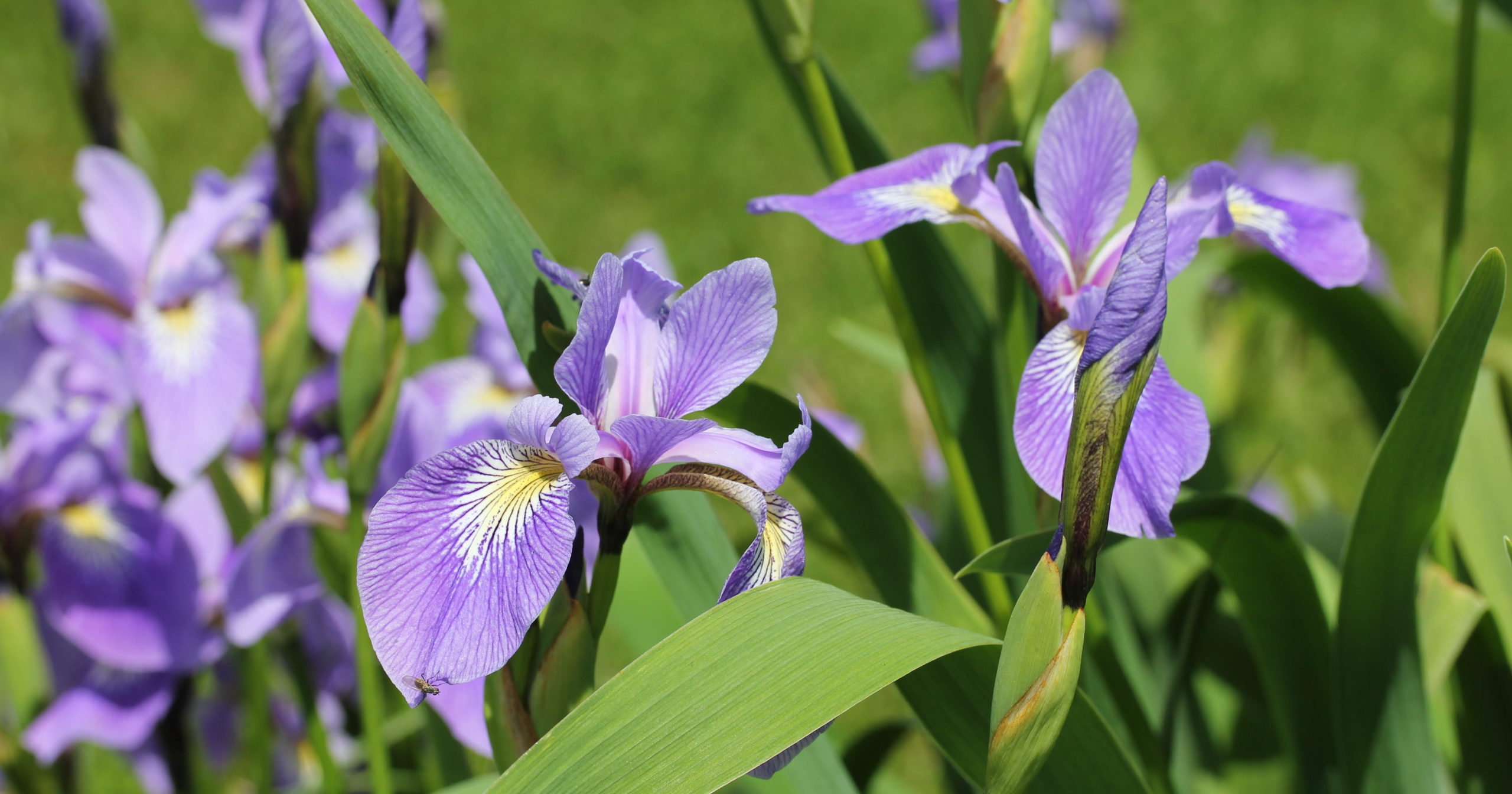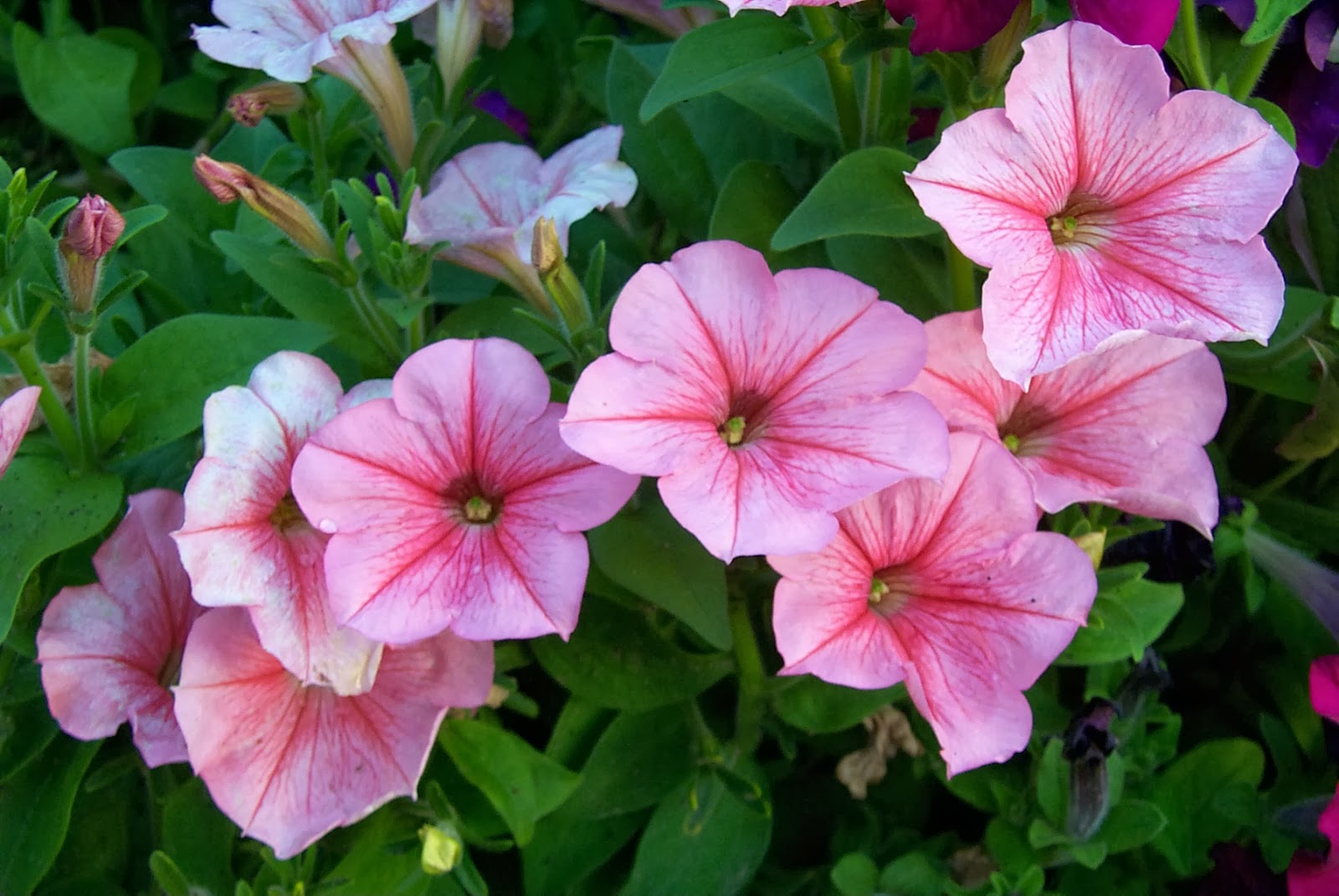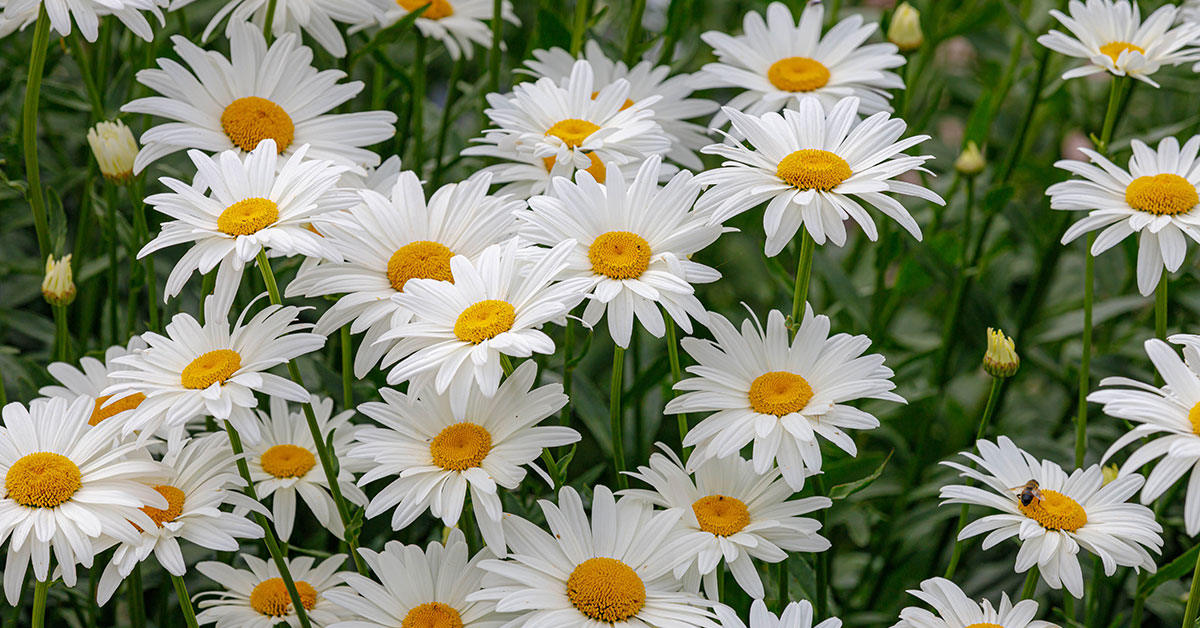I still remember the day I planted my very first rose bush by the front gate—it felt like inviting a burst of color and fragrance right into my life! There’s something incredibly special about stepping outside and being greeted by soft petals and a sweet aroma, especially when you’ve invested time and care into nurturing each bud. As a gardener who’s battled with everything from pesky aphids to stubborn blackspot, I understand how rewarding it is when your roses finally reward you with a glorious bloom. I know many of you are reading this because you want to elevate your home’s entrance—with a little help from nature’s royalty, of course—so let’s dive into why planting roses by your doorway is an absolute must!
In the paragraphs ahead, I’ll share ten compelling reasons to place roses at your doorstep. We’ll explore how these blossoms draw pollinators, offer season-long interest, and fill the air with enchanting fragrances. I’ll even highlight their symbolic warmth, practical uses as natural barriers, and how they can enhance your property’s curb appeal. Of course, I won’t skimp on details about each rose’s native origins or whether it has invasive tendencies—because nobody likes an unwelcome spread of thorns into neighboring fields! So grab your favorite trowel, put on those gardening gloves, and prepare to be inspired by the many ways roses can transform your entrance into a show-stopping gateway.
Exquisite Fragrance to Welcome Guests
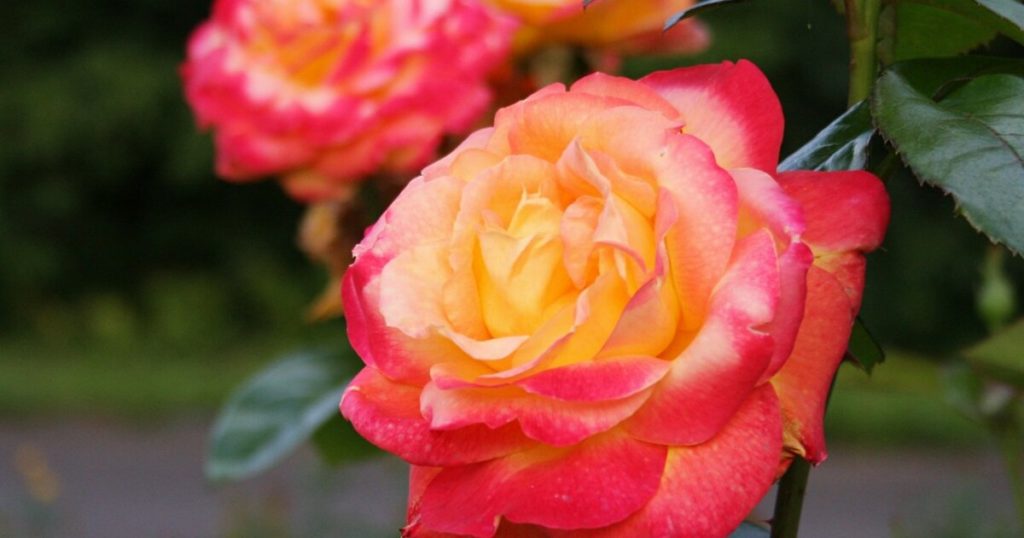
There’s nothing quite like the gentle waft of rose scent greeting you as you approach your front door. Many classic varieties—like Rosa damascena (native to the Middle East) and Rosa ‘Madame Isaac Pereire’ (bred from European and Asian ancestors)—fill the air with deep, heady aromas that have drawn poets and perfumers for centuries. I still smile thinking about the morning breeze carrying the scent of my Rosa ‘Gertrude Jekyll’ across the porch—such moments feel like a warm hug from nature! Whether you choose a Damask rose with its rich, old-world bouquet or a lighter tea rose with delicate lemony notes, the aromatic welcome sets a tone of hospitality and charm.
Roses evolved their strong fragrances to beckon pollinators from afar, and when you plant a fragrant variety by your entrance, you’re essentially creating a natural perfume diffuser for your home! Just be cautious: some formerly wild species—like Rosa × centifolia—can be prone to powdery mildew in humid climates, so if you live where fungal diseases run rampant, pick a cultivar known for stronger disease resistance. By balancing scent with durability, you’ll ensure that each bloom remains pristine, without you needing to wage an endless chemical war against blackspot.
Drawing Pollinators to Your Doorstep

One of the most delightful things about roses is how they magnetize beneficial insects, turning your entrance into a tiny ecosystem hub. Bees, butterflies, and even hummingbirds can’t resist certain single-petaled varieties that proudly expose their fertile centers—look for Rosa arvensis hybrids (native to Europe) or Rosa ‘The Fairy’ (bred from North American and European lines) to see pollinators swirl in. I remember one summer afternoon when a bumblebee family set up housekeeping in a hollow spot near my rose arch—I practically felt like a proud momma humming “Welcome to the rose family, little bees!” Their industrious visits not only thrill me but also encourage strong fruit development in nearby plants.
Many heritage and species roses—like Rosa rugosa (native to Japan, Korea, and eastern China)—offer a dual delight of nectar-rich blooms and an abundance of hips in the fall, feeding birds and small mammals. Just be mindful that while rugged and frost-hardy, Rosa rugosa can become invasive in some coastal regions, spreading via runners and seeds. If you’re in an area where it’s considered aggressive, opt for sterile cultivars bred to reduce seeding or prune diligently before hips form. That way, you’ll keep your pollinator parties flowing without unintentionally toppling local ecosystems.
Timeless Elegance and Visual Appeal
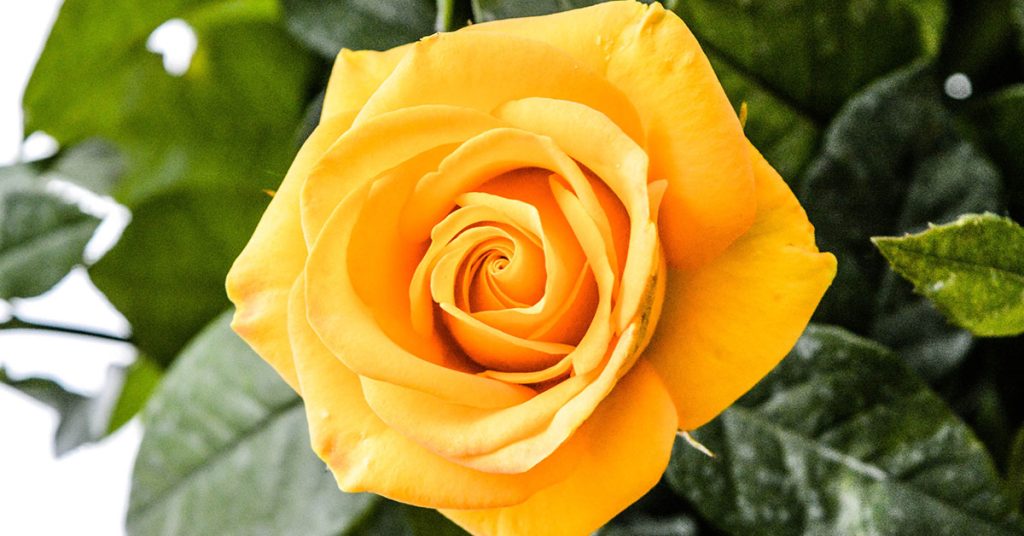
Few flowers boast the universal recognition of a rose—its velvety petals and classic layered form evoke romance and sophistication. Hybrid teas like Rosa ‘Mr. Lincoln’ (bred from American and European species) deliver deep crimson elegance, while English roses such as Rosa ‘Eden’ (with genetics tracing back to old European and Middle Eastern roses) display soft pastel swirls that look hand-painted. One of my favorite moments is seeing a sunrise catch the dew on a rosebud—almost as if the petals themselves are glowing. Planting these beauties by your entrance instantly transforms a simple walkway into a living portrait that evolves daily.
Roses’ versatility is staggering: from single-petaled Old Garden Roses (many of which descend from Rosa gallica, a European native) to showy grandifloras sporting huge blossoms, there’s an aesthetic to suit any style. Yet with that beauty comes responsibility—some wild species, like Rosa multiflora (native to East Asia), escaped intentionally in the U.S. decades ago and now choke out native plants. If you’re after that wildflower charm without the invasive risk, look for well-behaved cultivars (for example, Rosa ‘Altissimo’, a hardy climber bred from controlled hybrid lines) that won’t run riot. By doing so, your entrance remains both arresting and ecological.
Seasonal Interest with Continuous Blooms

One of the most thrilling features of modern roses is their ability to produce flower flushes from late spring until the first frost—meaning your entrance can stay lively for months! Hybrid tea and floribunda roses, with lineage from European and Asian wild species, often boast repeat-blooming habits. For instance, Rosa ‘Iceberg’ (a descendant of German and Polish breeding programs) can offer small, pure-white blooms in clusters several times a season, brightening even cloudy autumn days. Trust me, nothing beats that feeling of discovering fresh blossoms when you thought the season was winding down!
Meanwhile, shrub roses—like Rosa ‘Knock Out’ (bred in the U.S. to resist disease) or Rosa ‘Bonica’ (derived partly from Rosa rugosa)—bring not only continuous flowers, but also fall hips and winter structure, ensuring your entrance remains visually compelling year-round. If you live in USDA Zones 3–7, consider Rugosa hybrids that bloom in June and then produce vibrant orange hips into December. Just be aware that some repeat-bloomers may require more pruning to maintain shape, so carve out a weekend afternoon for a proper rose-care session. Those efforts reward you with an entrance that never loses its charm—no matter the month!
Low-Maintenance Varieties Suited for Entrances

If you’re juggling work, family, and a busy social calendar, you’ll appreciate roses that essentially thrive on minimal pampering. One standout is the Knock Out® series (originating from careful American breeding in the late 20th century), notably Rosa ‘Radrazz’. These roses shrug off blackspot and powdery mildew like they’re immune superheroes—ideal if you live in humid climates or simply forget to spray every week. I’m notorious for skipping sprays when life gets hectic, so having a rose that stays glossy and bloom-packed with almost zero fuss feels like pure magic to me!
Another stalwart is Rosa rugosa, whose ancestors hail from coastal dunes in northeastern Asia. These plants evolved thick, wrinkled leaves that resist salt spray and fungal issues—perfect for garden entrances near busy roads or salty sea breezes. Rosa rugosa’s once-blooming habit yields to rose hips that birds and squirrels adore in winter, adding ornamental value long after petals drop. But keep in mind: in some U.S. states, wild rugosa can spread aggressively, crowding out local vegetation. To avoid unintended invasions, choose sterile cultivars (like Rosa ‘Hansa’) or keep a watchful eye on sucker shoots that pop up beyond the fence.
Natural Barrier and Privacy
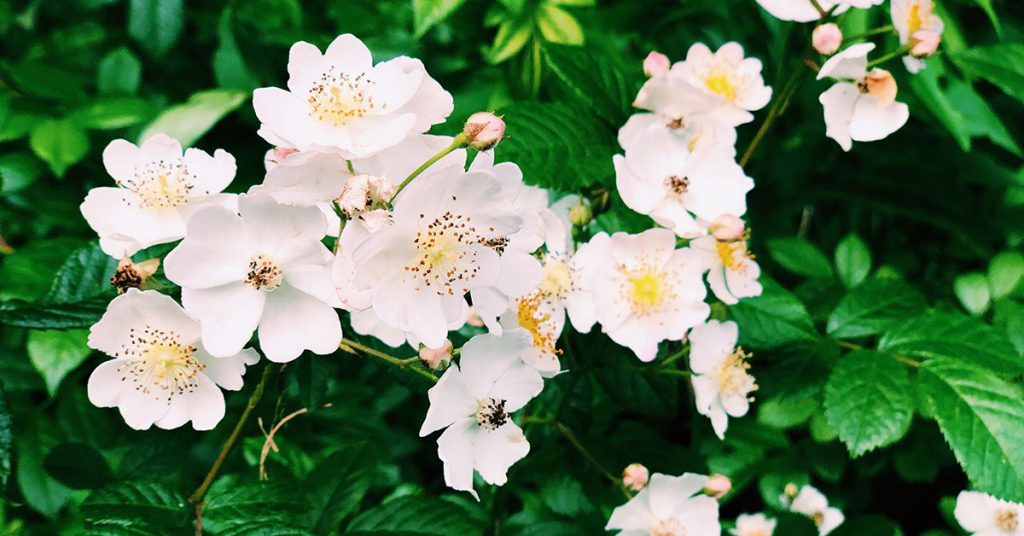
Roses aren’t just pretty faces—they can form formidable living fences that deter critters and curious neighbors alike. Many old garden rose types, such as Rosa moschata (native to the Himalayan foothills), develop strong, thorny canes that twist into a protective barrier. I once planted Rosa ‘Therese Bugnet’ (bred in Canada for cold hardiness) along my driveway, and within a season, its dense, thorn-laced growth deterred wandering rabbits seeking a nibble on my sweet peas. There’s something deeply satisfying about knowing that beauty and security can coexist so harmoniously!
Beyond their defensive prowess, thorny shrubs muffle street noise, creating pockets of peaceful solitude. The gentle rustle of rose foliage can be far more tranquil than a sharp clank of a metal gate. If you’re wary of invasive tendencies, avoid species like Rosa multiflora (originally introduced to control erosion but now a rampant invader in many regions). Instead, select well-behaved shrub roses—such as Rosa ‘William Baffin’, a cold-hardy selection descended from Rosa rugosa genetics—that deliver a sturdy hedge without escaping into the wild. With these choices, your entrance remains both secure and stunning.
Symbolic Warmth and Hospitality

Roses have been emblems of love, welcome, and friendship for millennia; planting them by your entrance sends a clear message that guests are cherished. Historically, European estates and Persian palaces alike used rose arches to signify openness and generosity. I often think of my grandmother’s front porch, where her long hedge of Rosa ‘Old Blush’ (a Chinese species that made its way to Europe in the 18th century) spread a soft pink carpet of blooms each summer—her way of whispering, “Come on in; there’s always a seat for you here.” That tradition of hospitality lives on when you line your steps with roses.
In many cultures, roses played starring roles in ceremonies and poetry, from the Victorian “language of flowers” to Persian ghazals praising the crimson petals. When visitors lean over to sniff a bloom or pause to admire a perfectly open rose, you’re sharing a moment steeped in cultural connection. If you want the symbolic power without dealing with rampant spread, steer clear of invasive climbers like Rosa bracteata (native to China and now a pest in the southeastern U.S.) and choose contained climbers or bush forms—such as Rosa ‘New Dawn’, bred from controlled hybrid lines—to ensure your message of welcome remains beautiful and responsible.
Symbolic and Emotional Well-being Benefits
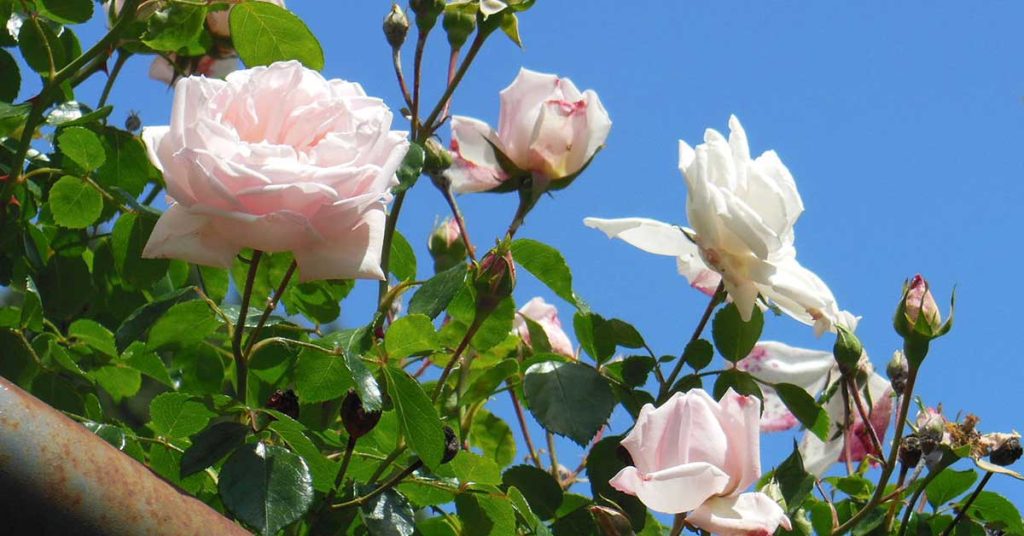
There’s real science behind the calming effect of flowers—studies show that simply seeing and smelling blooms can reduce cortisol levels and boost mood. Walking past your rose garden each morning can feel like a mini mindfulness session, grounding you in the sweetness of the present moment. I can’t count how many times lingering by my rose bushes to inhale their scent helped me shake off work stress. It’s as if each petal gently reminds me to breathe and appreciate the simple joys.
Across cultures, roses have been woven into healing rituals. In traditional Ayurvedic practice, rose petals infused in oil are used to relieve anxiety, while medieval European apothecaries distilled rosewater as a gentle tonic. If you choose a fragrant garden rose—like Rosa ‘Madame Isaac Pereire’, descended from European Damask lines—you’re not only enhancing your visual landscape but also creating a therapeutic sanctuary. Just remember that some highly scented older varieties can be susceptible to fungal issues, so if you live in a region with high humidity, consider a slightly tougher fragrant cultivar, such as Rosa ‘Fragrant Cloud’, which offers robust disease resistance alongside abundant perfume.
Flexibility in Design: Climbers, Shrubs, and Containers

Roses offer a spectacular range of forms to complement any entrance design. Climbing roses—like Rosa ‘Zephirine Drouhin’ (a thornless descendant of European and Asian species)—can be trained to create an archway over a front gate, making every arrival feel like stepping into a secret garden. Alternatively, well-mannered shrub roses such as Rosa ‘Bonica’ (bred partly from Rosa rugosa genetics) can form a compact, colorful hedge that gracefully frames stairs or walkways. I’ve delighted in filling large pots with patio roses like Rosa ‘Be My Baby’, creating portable bursts of color near my front door.
When space is limited or soil is poor, container roses excel; simply fill a large pot with quality potting mix, give it a sunny spot, and watch it flourish. Miniature roses—some tracing their lineage back to Chinese wild species—offer small-scale blooms perfect for narrow porches or balconies. However, be cautious with exuberant climbers bred from invasive species (Rosa multiflora again rears its head!). Always check whether a cultivar is known for aggressive growth; if in doubt, select a reputable cultivar from nurseries that screen for containment. That way, you can blend aesthetic flair with practicality, ensuring your entrance looks spectacular without the risk of roses overrunning other garden areas.
Enhancing Curb Appeal and Property Value
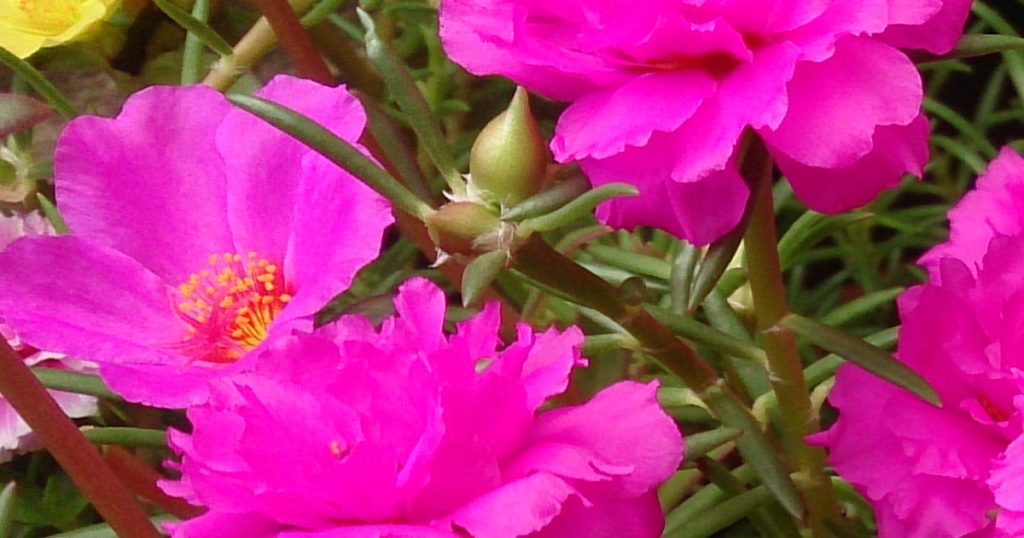
Let’s face it: roses are a real estate agent’s best friend. A well-maintained rose border or a charming rose arch can instantly elevate the perceived value of your home, sending a signal that every detail is attended to with care. I’ve witnessed potential buyers pause mid-tour just to admire my coral-pink Rosa ‘Julia Child’ arch and comment on how lovingly the garden was maintained. Those moments often translate into heartfelt offers and lasting impressions!
From a practical standpoint, planting roses by your entrance demonstrates that you invest time and effort into your property. Modern landscape trends frequently highlight the use of rose hedges—such as a neat row of disease-resistant Rosa ‘Knock Out’—to anchor front beds with color and structure. Just be prepared for the occasional maintenance tasks: deadheading spent blooms, checking for Japanese beetles (which can strip a rose bush overnight!), and providing winter protection if you live in a frosty zone. But once you establish a care routine—say, Sunday morning inspections—you’ll find that your roses not only charm guests but also add tangible market appeal when it comes time to sell.




